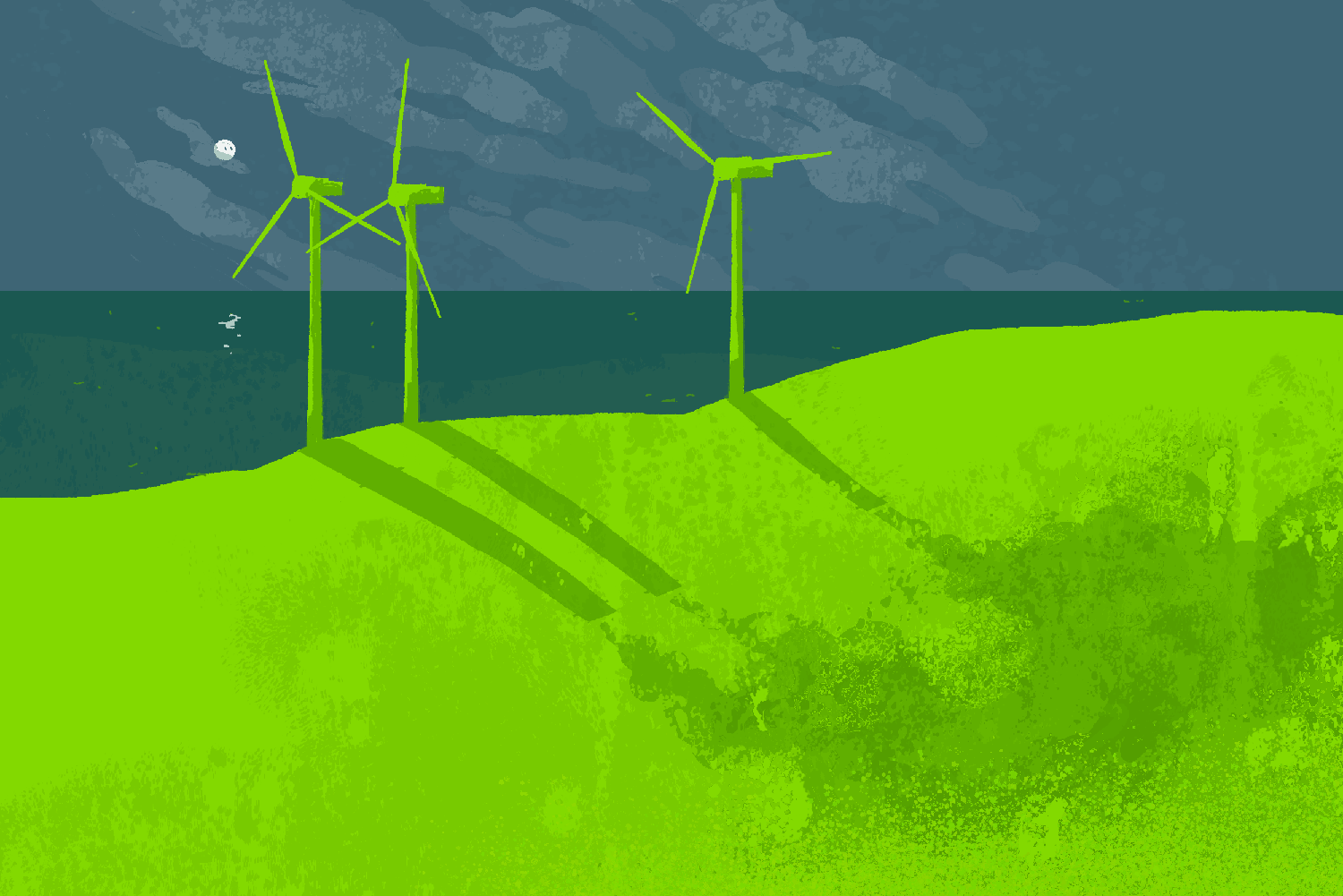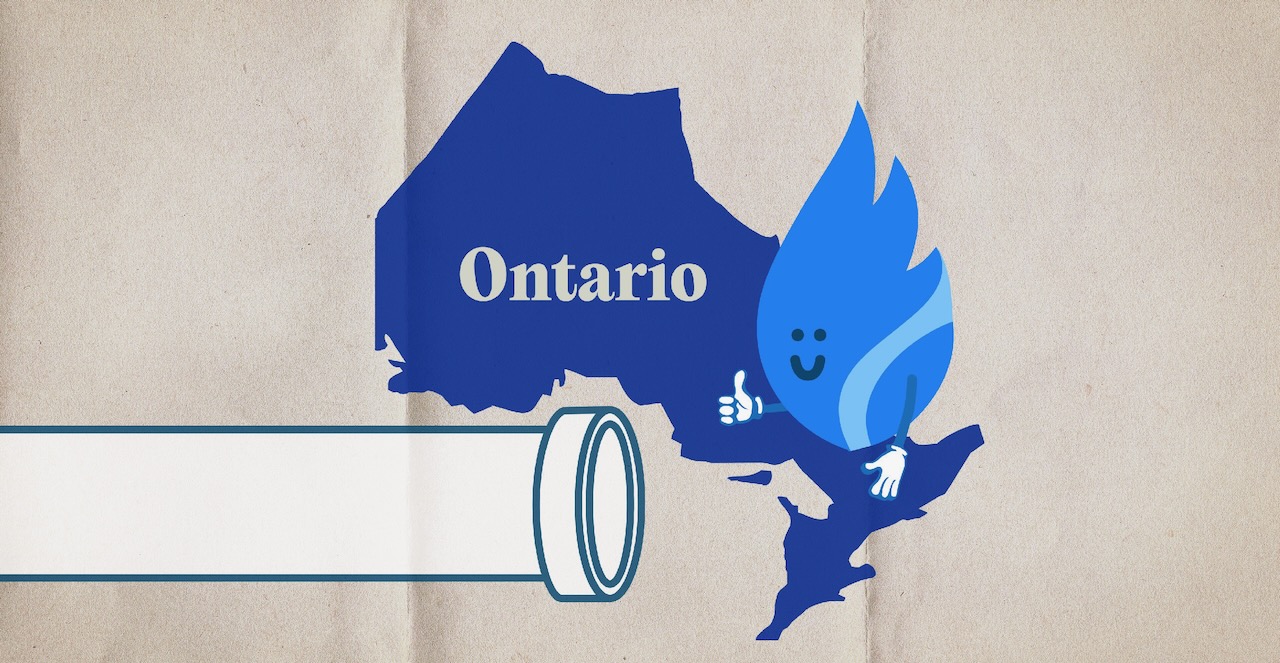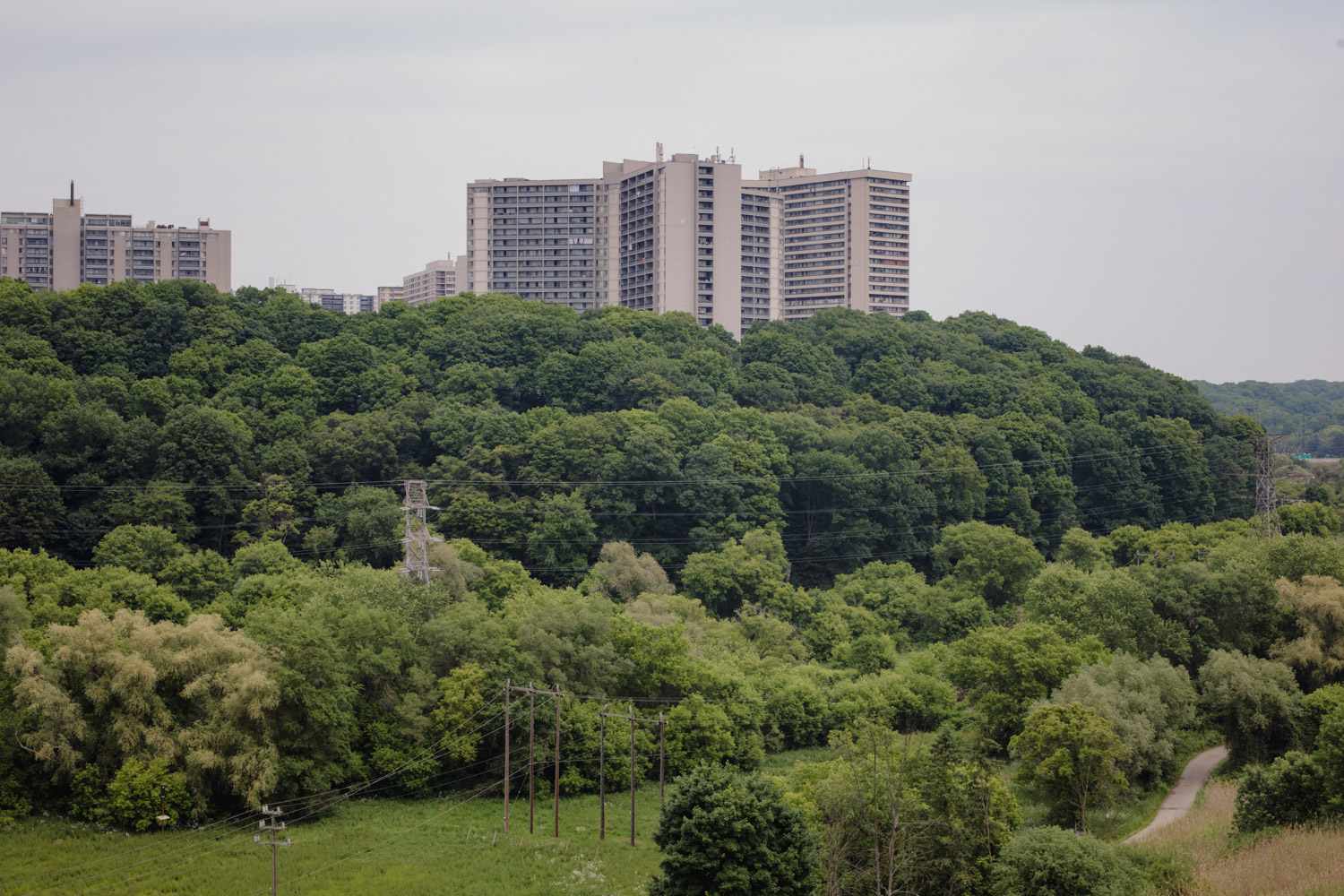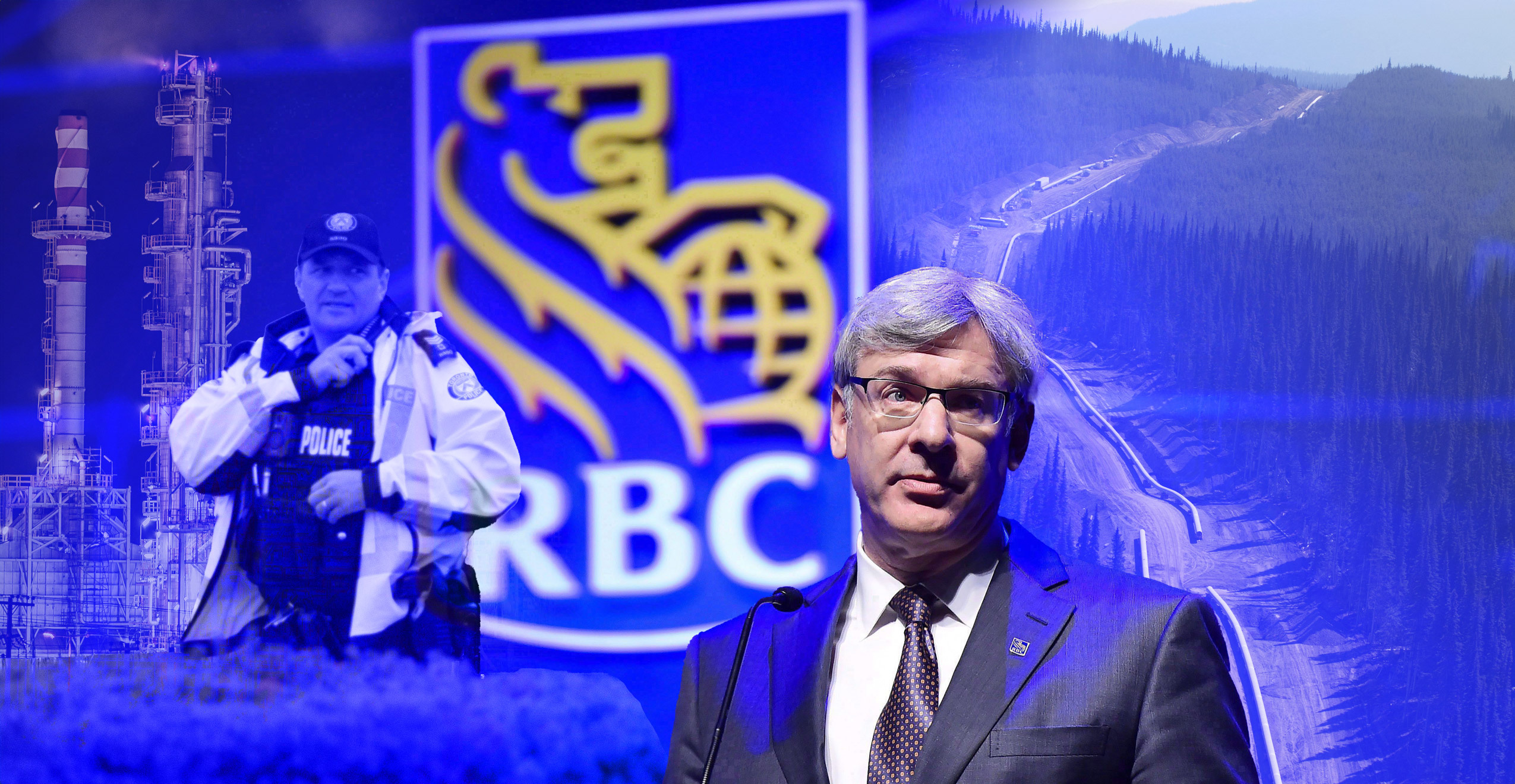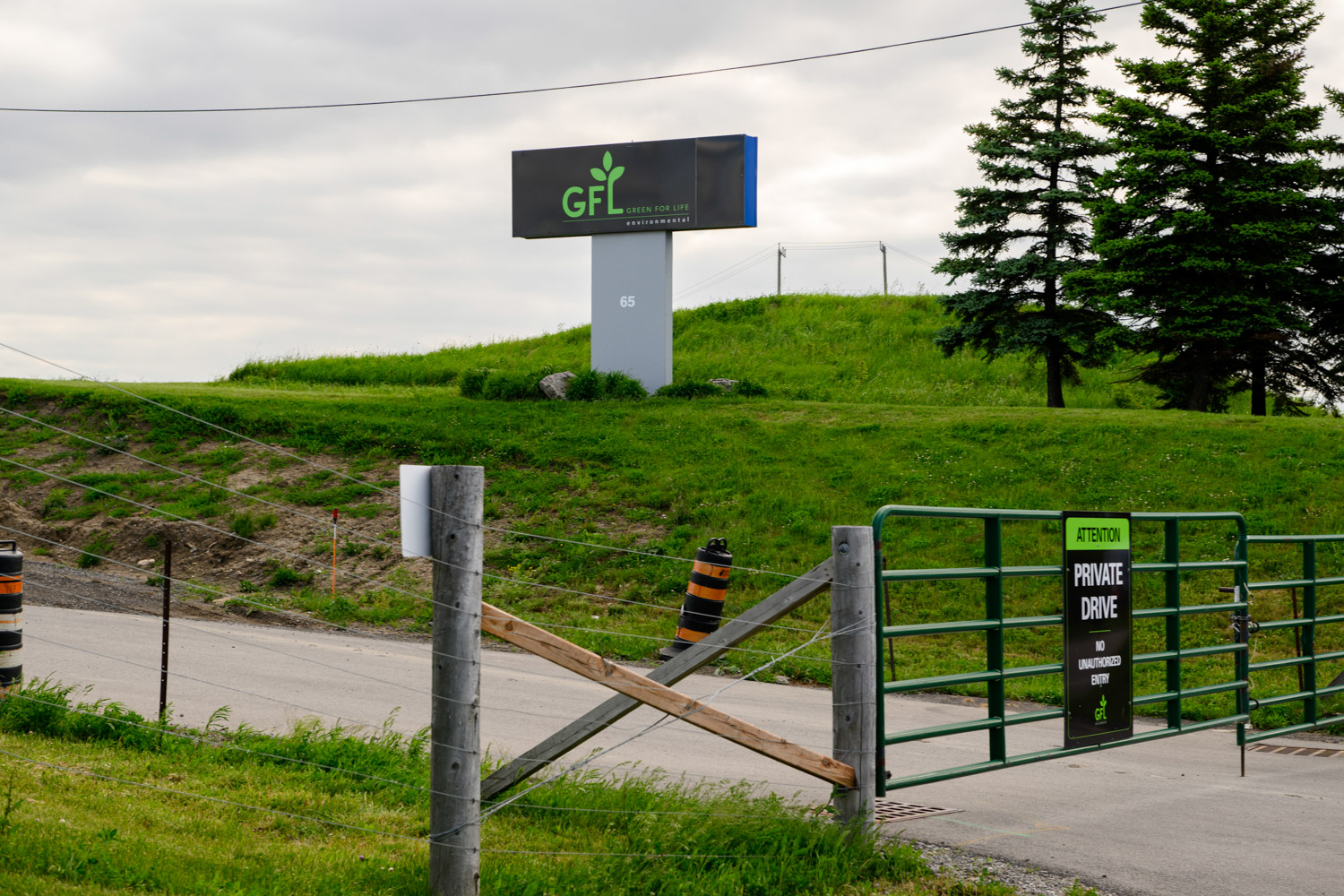
This story is part of our “Green* Economy” issue, a collaboration between The Local and The Narwhal.
In recent weeks, news reports have said waste management giant GFL Environmental Inc. is reviewing potential buyout offers. Since its launch in southern Ontario in 2007, the Vaughan-based company now describes itself as the “fourth largest diversified environmental services company in North America.” GFL does everything from collecting waste and running landfills to operating oil refineries and responding to hazardous spills. It employs more than 20,000 people, operates across Canada and much of the U.S., and has completed more than 260 acquisitions since its inception, according to its 2023 annual report.
As it’s expanded, however, GFL has also accumulated numerous environmental violation warnings, reports of water contamination, fires at its facilities, and complaints about odour pollution from people who live near its landfills. These kinds of issues are not unusual in the sector, and GFL’s competitors have also been tied to various environmental problems. Nevertheless, it’s notable that GFL continues to receive government approvals that allow it to operate and grow despite its environmental record.
While news of its buyout bids has brought fresh attention to the company’s financials, The Local and The Narwhal dug into instances where GFL was found to be out of compliance with environmental rules and examined the response from officials. GFL did not reply to our repeated requests for an interview or comment. Here’s a sampling of what we found at three of its Canadian locations.
Join the thousands of Torontonians who've signed up for our free newsletter and get award-winning local journalism delivered to your inbox.

Dead fish in North Stormont, Ontario
GFL’s facilities in the township of North Stormont, southeast of Ottawa, were highlighted in a 2021 report by the Office of the Auditor General of Ontario as an example of how the provincial environment ministry allows companies to continue operating and growing despite repeat offenses.
In North Stormont, the auditor general’s report said, the ministry found GFL was contaminating surface water by repeatedly discharging treated leachate (sometimes described as “garbage juice”) “at concentrations resulting in 10% fish mortality.” GFL, meanwhile, was falsely reporting test results to the ministry that showed zero percent fish mortality, the report added. Despite this, the report said, the ministry granted new approvals to the company, including for the expansion of the landfill where the issue was occurring.
In an email, Craig Calder, chief administrative officer and clerk for the township of North Stormont, did not directly answer our questions about how the township responded to this issue, nor whether the contamination was still happening.
Instead, Calder suggested we contact the environment ministry about any enforcement efforts pertaining to this landfill.
“The safety and wellbeing of our community, and constituents, is of paramount importance to the Township of North Stormont,” Calder said. “The Township has confidence that our Provincial regulatory partners investigated, and took steps to remedy, any deficiencies identified.”
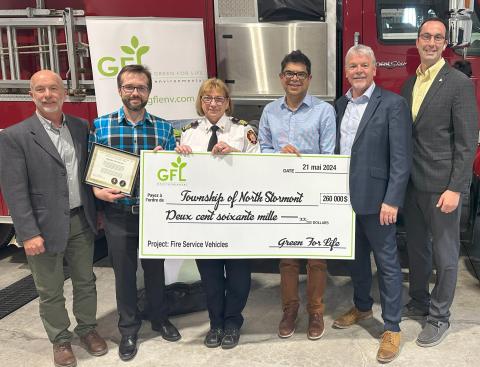
GFL has made significant financial contributions to the township over the years. In 2021, when the company announced a new 20-year contract with the township which covers issues like disposal rates and community fees, GFL agreed to contribute $1.26 million in community benefits. That included a $500,000 donation toward the completion of a new community centre, presented in 2023, and a $260,000 donation to buy new fire service vehicles this May. In a press release, an industry expert hired by North Stormont to review the contract called it “truly a win/win deal,” noting the township would not only receive benefits in terms of infrastructure and the creation of jobs, “but directly to the Townships [sic] coffers in a material way.”
An environment ministry spokesperson said by email, “We appreciate the Auditor General’s findings,” and the ministry was “committed to continuous improvement to ensure that we address spills in a timely, effective, and transparent way.” Regarding the false test results on fish mortality, he said GFL said the error was the result of “clerical oversight,” and had fixed the issue.
This March, the ministry granted GFL approval to expand its North Stormont landfill by adding 15.1 million metres of disposal capacity over 20 years. In an email to The Local and The Narwhal, the spokesperson said an applicant’s past history of non-compliance doesn’t result in an automatic denial of its application for an environmental approval, though it may be considered. An appointed ministry director makes “site-specific decisions” for each application after a detailed review, he said.
Conflicting stories in Abbotsford, B.C.
GFL operates a hauling site, also known as a waste transfer facility, in Abbotsford, B.C. In March 2022, B.C.’s environment ministry issued a warning letter to the company. It stated that during an inspection, its officers found GFL was discharging waste into the environment without proper authorization, an offense that could carry a maximum fine of $1 million, up to six months in prison, or both. (Such punishment is unlikely, though; B.C.’s environment ministry said it has not issued GFL any administrative penalties. “The ministry’s inspection reports outline the remedial actions needed, and the company has taken those steps to comply with our requirements,” the ministry told The Local and The Narwhal in an email.)

The warning letter explained inspectors found that effluent, or liquid waste, discharged from a stormwater drain into a ditch network that fed into Abbotsford’s Lonzo Creek contained multiple chemicals, including ammonia, arsenic and iron, at levels that were well above water quality guidelines.
To test for toxicity, scientists take samples of effluent and see how different species react when they’re exposed to it. Effluent samples taken from that same drain within the Abbotsford facility killed 50 percent of rainbow trout and a type of water flea at varying concentrations and exposure times in lab tests, the letter said. It ordered the company to cease unauthorized discharges into the environment.
When asked about this issue, a B.C. environment ministry spokesman said in an April 9 email that GFL had improved the facility since 2022, including hiring an environmental professional to carry out a site monitoring plan, installing and maintaining storm drain protection measures, and reducing the volume of waste it received.
Exceeding levels set by water quality guidelines “does not imply that unacceptable risks exist,” the ministry spokesman said, only that “the potential for adverse effects may be increased” and additional investigation may be required. The ministry spokesman said GFL submitted lab results from stormwater samples in January 2024, which showed no further action was required.
However, the spokesperson’s response to The Local and The Narwhal contradicted information posted to B.C.’s online Natural Resource Compliance and Enforcement Database just days earlier. There, a second warning letter to GFL, dated April 3, showed the Abbotsford facility was still out of compliance. Water quality data from January 2024 reviewed by an environment ministry officer showed effluent was being discharged that exceeded the guidelines for multiple chemicals, including some of the same ones previously identified.

Additionally, it said effluent was also discharged directly into the ground through “significant” cracks in the pavement. A supporting photo attached to that letter showed an intricate web of cracks across the facility’s asphalt surface. The letter repeated its warning of the potential for a fine or imprisonment if convicted.
Asked about the April 3 letter, the ministry spokesman again said that the ministry determined immediate action was not required because the lab results were for samples collected from catch basins, where water is treated before being discharged into the environment. Regarding the concerns detailed in the April letter, he said: “It appears they’ve been addressed.”
An unbearable stench in Hamilton, Ontario
GFL’s Stoney Creek landfill—a Hamilton, Ontario facility the company acquired in 2022—is only meant to accept non-hazardous industrial waste, like excavation materials and by-products from steel production. It doesn’t take in garbage, it says on its website, “so there are no garbage-related odours.”

At GFL’s Stoney Creek landfill, in Hamilton, Ontario, residents have reported an overwhelming stench. Photography by Christopher Katsarov Luna / The Local / The Narwhal.
Residents nearby, however, said that while they had detected occasional odours from the landfill in years past, last spring a sudden, overwhelming stench became pervasive and unbearable. It lasted throughout much of the summer, subsided during the winter, then returned intermittently this spring, residents said.
A provincial officer’s order from the Ontario environment ministry dated October 2023 said GFL had stated the site was generating elevated levels of leachate (“garbage juice,” remember?), which was pooling in the waste containment areas, known as cells. The officer said leachate issues were identified as the main source of the odours.
The officer’s report also said air monitoring conducted around the landfill in September 2023 showed levels of total reduced sulphur compounds, a gaseous mix of chemicals, that exceeded the ministry’s standard.
Among other tasks, it ordered GFL to remove leachate from the site, provide weekly progress reports to the provincial officer, and hire a qualified person to submit an air monitoring plan.
In April 2024, another provincial officer’s order was issued, this time regarding waste that was piled too high, and which the officer believed was contributing to further odour issues. The order called for GFL to gradually lower the height of the waste piles, moving some of the contents into new cells it is constructing.
In an online community meeting this April, company officials told residents they still didn’t have a “cogent explanation” for what happened last spring, but said that the problem was being taken care of, and the number of odour complaints had declined. Though they were confident they had taken adequate measures to reduce smells, they said active landfills generate intermittent odours as part of normal operations.
Earlier this month, members of a community Facebook group called “Shut Down The Stoney Creek Dump” said the stench had returned. “It stinks again this morning. So glad they took care of the odour,” one resident posted.
__
Correction—July 9, 2024: A previous version of this story incorrectly described North Stormont as southwest of Ottawa. It is southeast.

